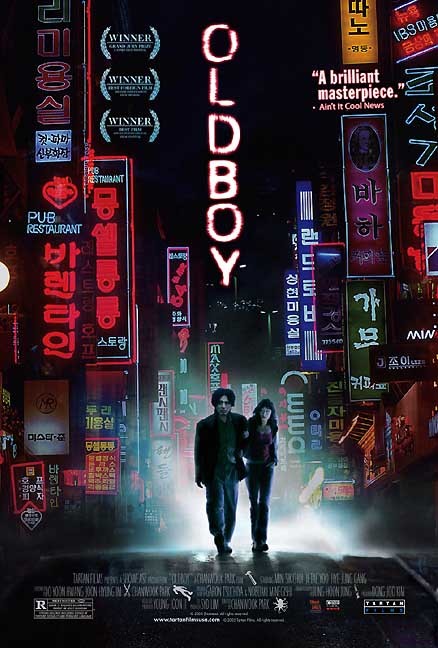CNN
CBC
TIME
Closing
Back To Top
Background
The Bombardment of Yeonpyeong is the latest military incident between North and South Koreas which raised tension on both sides. Apparently, North Korea did not want South Korea to go through with a training exercise that they had planned for November 23rd, 2010, however, South Korea ignored the North’s cease request, and so they attacked the island barracks.
Yet, the incident also goes deeper than just a single ignored request.
The maritime border between the two countries has been contentious for quite some time. Since 1973, in fact, when North Korea redrew the border on the heels of the redefinition of “territorial waters” from 3 nautical miles to 12. However, South Korea and the UN continued to only recognize the border they had drawn up at the end of the Korean War (1952).
Because the idea is to limit each of these four parts to as few words as possible, only three major news outlets will be examined: CNN, the CBC, and TIME. The first and the last of these are American outlets, while the second is Canada’s national channel. Though small, the purpose of this range of news outlets is to get a general cross-section of how the issue was treated.
Back To Top
CNN
CNN presents a fairly balanced portrayal of the event. The news outlet constantly quotes sources that are representative of the groups that it’s making statements about. However, the way that it deploys these quotations is interesting.
On the one hand, the Koreas and the US are quoted more or less in full sentences or phrases that read naturally as parts of a statement.
On the other, the presentation of some quotes from Hong Lei of the Chinese government is quite different. The man is quoted three times, and two of these are placed to seem euphemistic. This is the sentence in question: “Chinese Foreign Ministry spokesman Hong Lei said China had ‘taken note of relevant reports’ and expressed its ‘concern.’” The quote that follows this sentence in the article is on par with the others, but this selective quoting suggests that China’s integrity is being called into question.
The CNN article also takes the chance offered by reporting on the bombardment to note that North Korea, days earlier, had made it public that they had built a new nuclear plant.
Back To Top
CBC
The CBC approaches the story in a similarly straightforward manner, but makes no real mention about the nuclear tie-in. Instead, it is just a general overview of what the incident means for Obama, of Prime Minister Stephen Harper’s response, and of Canada’s and the UN’s reactions policy-wise.
There is a twist, though. Rather than revealing the entire incident and then reporting on the details, the article takes a backwards approach. It reports on the details first and then, at the end of each of its sections, presents the basics of what happened. It’s a strange method that emphasizes the outcomes rather than the incident itself, as if the CBC is trying to say that it’s not going to judge what happened, only what’s resulted.
Back To Top
TIME
The article published on TIME’s website, is very clearly from a magazine rather than a newspaper. For, despite the incident’s serious nature, the TIME article presents North Korea as a kind of dangerous clown at both its beginning and end. It also uses some fiery rhetoric, referring to the attack as “commenc[ing] a fusillade of artillery fire,” and outrightly calling it a “bombardment” (which is a little bombastic, but makes sense since North Korea fired 170 shells at the island).
TIME’s treatment of the nuclear aspect is also vamped up as it is stated that, according to US intelligence, North Korea already has 8 to 12 nuclear bombs. Interestingly, though, rather than just connecting the bombardment and North Korea’s revelation of its new nuclear plant, the TIME article suggests that these two incidents are part of Kim Jong Un’s training to be North Korea’s next leader.
Nonetheless, just like the CNN article, China is also painted as vaguely sinister, though with a bit of a broader brush. The article states that China’s reaction to the incident was delivered with “a blandness that approached indifference.”
Despite the lack of explicit fear-mongering in these articles, it’s interesting that the two of American origin mention North Korea’s newest nuclear capabilities and frame China as being a player in the incident, but a very aloof one. The mention of nuclear power definitely calls back to fears of nuclear war, and the portrayal of China just coolly looking on while the incident happened suggests that the country is lax on politically tough calls.
The lack of these two aspects in the CBC article suggests that American coverage is more sensational and more about making a story of something rather than reporting on the facts of something.
Back To Top
Closing
Next week, we’ll see what South Korea itself has to say. As per the rest of the week, this blog will not have any new entries. So, until 4 June rolls around, you can check out older articles in this blog or my translation blog at tonguejar.blogspot.ca.
Back To Top














